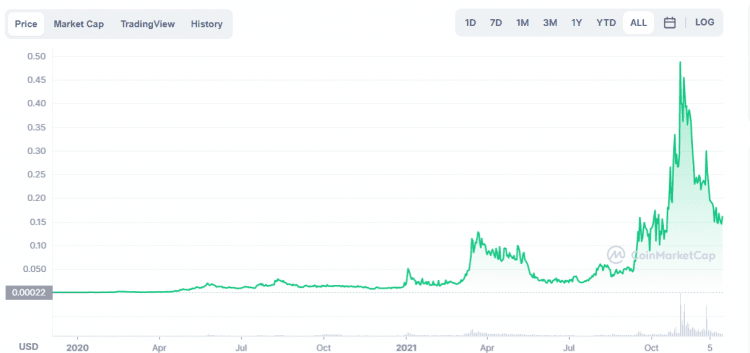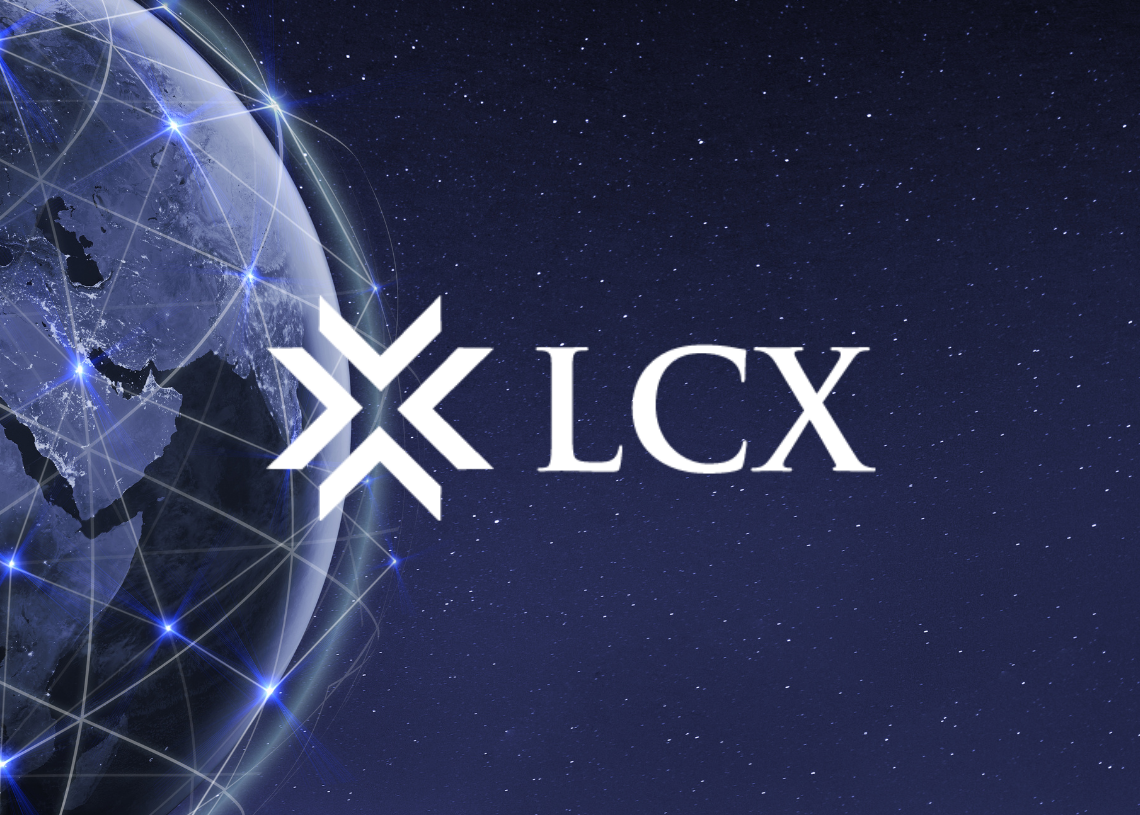The landscape of cryptocurrency is constantly shifting, with new projects emerging and established players adapting to an ever-evolving regulatory environment. One recent development that has sparked discussion within the crypto community is the potential migration of users and utility from Ripple’s XRP to Liechtenstein Cryptographically Secure Exchange (LCX)’s native token, LCX.
XRP: A Storied Past, Uncertain Future
XRP, launched in 2012, has long been a prominent player in the cryptocurrency space. Its primary function lies in facilitating fast and cost-effective cross-border payments. XRP acts as a bridge currency on RippleNet, a global network of financial institutions utilizing Ripple’s technology. However, XRP’s journey has been fraught with challenges. The ongoing legal battle between Ripple and the US Securities and Exchange Commission (SEC) over the classification of XRP as a security has cast a shadow over its future. This uncertainty, coupled with a saturated market for cross-border payment solutions, has led some investors and users to explore alternative options.
Read this: Nexo Lists SHIB, Igniting Debate on Meme Token Value
Enter LCX: A Token with Broader Utility
LCX, launched in 2018, positions itself as a regulated security token exchange. Its native token, LCX, serves a multitude of purposes within the LCX ecosystem. LCX tokens serve multiple purposes within the LCX ecosystem. Firstly, they facilitate Security Token Offerings (STOs) by providing a platform for compliant issuance and trading of security tokens, which represent ownership in real-world assets. These tokens are also used to pay fees associated with STO listings and trading activities on the exchange. Furthermore, LCX token holders have voting rights on key decisions concerning the platform’s future development, fostering a sense of community ownership and participation. Finally, LCX offers staking rewards, incentivizing long-term holding of tokens and contributing to the overall stability of the LCX ecosystem.

Source: Coinmarketcap
Why the Shift?
Several factors contribute to the growing interest in LCX as a potential alternative to XRP:Several factors are driving interest in LCX as a potential alternative to XRP. The ongoing SEC lawsuit against Ripple has created significant uncertainty regarding XRP’s future, while LCX, as a regulated exchange, offers a more transparent and compliant environment. Furthermore, the cryptocurrency market is shifting towards tokens with broader utility beyond just payments. LCX caters to this trend with its focus on security tokens and a robust ecosystem that offers various functionalities. Finally, LCX actively cultivates a strong community, fostering trust and potentially leading to a more engaged user base compared to XRP.
Visit: XRP to LCX Converter
Challenges and Considerations
Despite the potential benefits, a shift from XRP to LCX is not without its challenges:
Despite the potential benefits, LCX faces hurdles in its potential competition with XRP. First, achieving widespread adoption will require sustained effort. While XRP boasts a well-established presence, LCX is a newcomer. To overcome this gap, LCX will need to clearly articulate its value proposition and demonstrate its advantages. Second, both projects must navigate the ever-changing regulatory landscape surrounding cryptocurrency. Effective strategies for compliance will be crucial for their success. Finally, the cryptocurrency market rewards constant innovation. Both XRP and LCX will need to continuously develop their underlying technologies to stay competitive and ensure long-term viability.
The Future of Utility Tokens
The potential shift from XRP to LCX exemplifies a broader trend within the cryptocurrency market. Utility tokens are no longer seen solely as mediums of exchange but are evolving to represent ownership, governance rights, and access to specific functionalities within a project’s ecosystem. This shift necessitates a focus on:
- Clearly Defined Utility: A token’s value proposition needs to be clear and demonstrably valuable to users
- Underlying Technology: The technology behind a project must be robust, secure, and scalable to support long-term growth.
- Regulatory Compliance: Navigating the regulatory landscape proactively is crucial for projects seeking mainstream adoption.
- Vibrant Community Engagement: Building a strong and engaged community fosters loyalty and drives user participation.
Conclusion
The potential migration from XRP to LCX highlights the dynamic nature of the cryptocurrency market. Utility tokens are constantly evolving, and their success hinges on their ability to adapt to changing user needs and regulatory environments. While the future of XRP remains uncertain, LCX’s focus on security tokens, a regulated environment, and a robust ecosystem positions it as a potential contender in the evolving landscape of utility tokens. As the market matures, projects that offer clear value propositions, cutting-edge technology, and a commitment to user engagement are likely to emerge as leaders in this exciting space.



